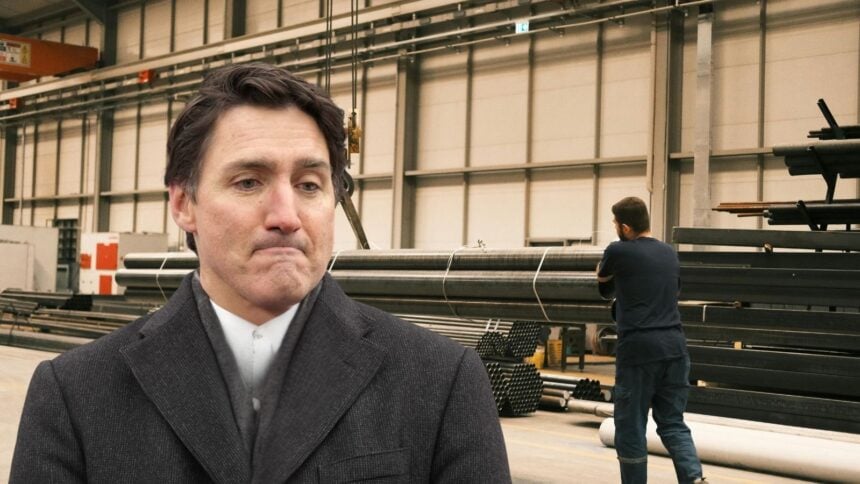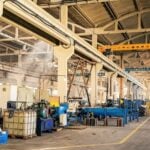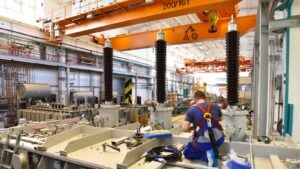Canadian officials arrive in Washington this week under mounting pressure to secure a tangible step toward easing U.S. tariffs on steel and aluminum, and to head off new risks for autos.
The visit comes as the White House’s 50% tariff on most steel and aluminum imports remains in place, while a separate plan to impose a 25% duty on medium and heavy truck imports beginning November 1 adds fresh uncertainty for cross border supply chains.
Ottawa’s goal is to pry open a path to partial relief or sector carve outs that could reduce immediate damage to factories and small suppliers on both sides of the border.
Canadian manufacturers argue that the tariff shock is filtering through order books and capital plans, while opposition parties are pressing the government to deliver results quickly.
North America’s trade pact faces a mandatory review in 2026, and businesses want clarity before they commit to big ticket investments that hinge on predictable rules of origin and tariff treatment.
Elevated metal duties raise input costs for construction, energy infrastructure, and fabricated parts, while any escalation to vehicle tariffs or parts restrictions would ripple through assemblers and the vast network of tooling and component makers.
Analysts say relief that narrows the scope of metal tariffs or creates duty free quotas for integrated North American supply chains would improve margins for steel consumers and temper price volatility across everything from machinery to rail equipment.
In June, the administration raised Section 232 metal tariffs to 50%, citing national security and persistent global overcapacity.
Ottawa countered with its own measures, then rolled back a wide swath in September to lower costs at home while keeping retaliatory duties on steel, aluminum, and autos as leverage in negotiations.
Any deal that removes or reduces tariffs on a reciprocal basis would mark a material shift from the current stance and could ease pressure on producers and downstream manufacturers alike.
The proposed U.S. tariff on medium and heavy trucks, set to take effect in November, looms over a segment where cross border parts flows are thick and model cycles are long.
Even if passenger vehicles remain outside the scope, suppliers warn that uncertainty alone can delay tooling decisions and hiring.
Ottawa has signaled it will prioritize clarity on vehicles and parts to avoid collateral damage to a sector that straddles both economies.
Ottawa hit pause on the EV mandate to give industry breathing room as trade tensions and financing costs cloud the transition timeline.
The government also unveiled a tariff relief program aimed at small firms hit by higher import costs, and advisers have pointed to Carney’s project picks as a signal that Ottawa wants to accelerate domestic industrial capacity while it negotiates abroad.
Options include tariff rate quotas for specific steel and aluminum products that are critical to defense, energy, and transportation projects, or exemptions tied to USMCA-compliant content thresholds.
Another avenue is a narrow truce on autos that shields parts that cannot be easily resourced domestically on short notice.
Any such measures would be technical, but they would send a strong signal to capital planners who need to lock in budgets for 2026.
Procurement officers would continue to diversify supply, manufacturers would adjust product mixes to optimize tariff exposure, and some cross border investment could remain on hold.
A clear roadmap that lowers metal duties or delays truck levies would ease a significant cost burden and stabilize planning assumptions.




















